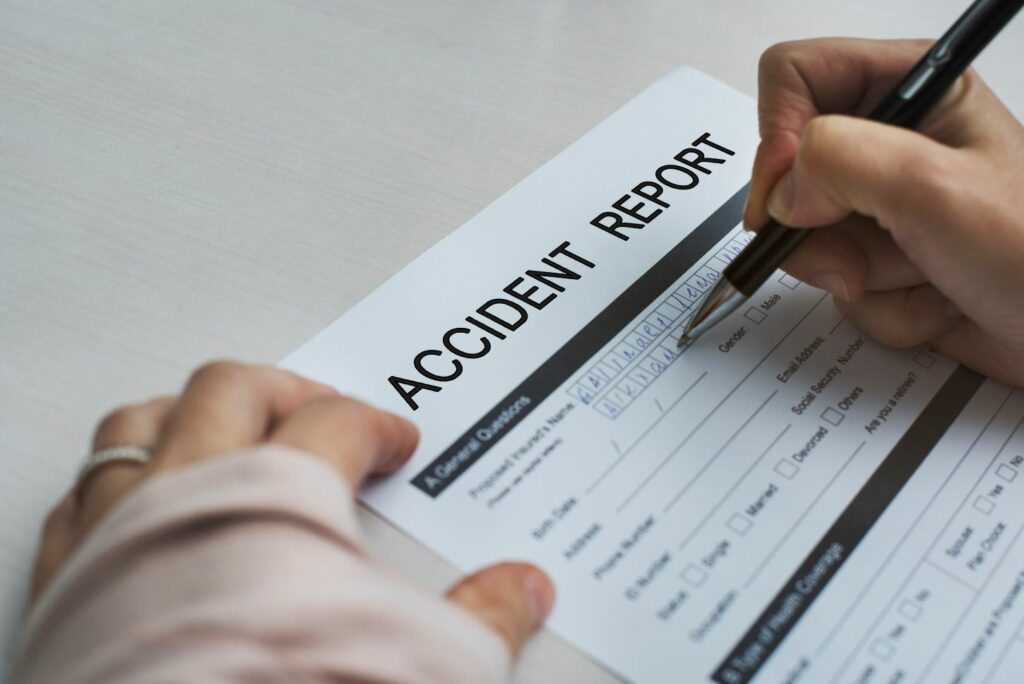Introduction
Childcare is among one of the most rewarding professions, yet it comes with its share of obstacles. One of these difficulties is making sure a secure setting for children. With the boosting variety of children in educational setups, understanding childcare safety dangers ends up being essential. The obligation of teachers expands past mentor; it includes developing a risk-free ambience where kids can discover and grow without worry of harm.

In this post, we will certainly explore various elements of child care safety and security risks, concentrating on proactive steps instructors can take. From emergency treatment expertise to event reporting protocols, we intend to gear up instructors with the required tools and confidence to take care of emergencies successfully.
Understanding Childcare Safety and security Hazards: Positive Steps for Educators
Childcare safety and security dangers can manifest in numerous forms-- physical risks, health and wellness problems, and psychological threats. Acknowledging these hazards is the very first step in mitigating threats. Allow's damage down some typical safety and security issues.
Common Child care Safety Hazards
Physical Hazards- Slips and falls Sharp objects Unsafe play area equipment
- Choking incidents Allergic responses (e.g., from food) Spread of contagious diseases
- Bullying or social isolation Inappropriate interactions with adults
By recognizing these risks, instructors can establish strategies to minimize risks.
Choking Prevention in Children
Choking is among the most instant threats that youngsters deal with, particularly in daycare setups where young ones are vulnerable to placing objects in their mouths. Skilled teachers can aid stop choking events by understanding typical choking threats and applying efficient avoidance strategies.
Recognizing Choking Risks
It's crucial for teachers to identify foods that commonly posture choking risks:
- Hot dogs Grapes Nuts Hard candies
Educators should also be attentive regarding tiny toys or items that could be aspirated.
Choking Avoidance Strategies
Food Preparation- Cut food into tiny pieces. Avoid offering tough or round foods to young children.
- Always supervise kids while they eat. Encourage slow eating practices and discourage talking while chewing.
Epipen Administration: What Educators Required to Know
Anaphylaxis is a severe allergy that can take place suddenly and requires instant treatment. Understanding how to administer an EpiPen is essential for anybody associated with childcare settings.

Understanding Anaphylaxis Symptoms
Recognizing signs early can conserve lives:
- Swelling of the face or throat Difficulty breathing Rapid heartbeat
Educators ought to acquaint themselves with these warning signs so they can act promptly if needed.
Steps for Epipen Administration
Check the prescription label. Remove the EpiPen from its case. Inject into the external upper leg at a 90-degree angle. Hold for 3 secs before removing it. Call emergency services instantly after administration.Training on epinephrine auto-injector usage ought to belong to every childcare team's first aid curriculum.
Managing Minor Wounds: An Overview for Educators
Minor injuries are commonplace in childcare settings but require to be resolved promptly and effectively.
Types of Minor Wounds
Cuts and Scrapes Bruises Burns (minor)Each type calls for particular treatment protocols to ensure appropriate healing and stop infection.
First Aid Steps for Minor Wounds
Clean the wound with soap and water. Apply an antibacterial solution. Cover with a clean and sterile bandage. Monitor for indications of infection (soreness, swelling).Educators have to be furnished with a well-stocked first aid package tailored for child care https://israelilmt507.timeforchangecounselling.com/limited-resources-how-to-optimize-your-first-aid-response atmospheres, that includes all necessary supplies for small wound management.
Proper Hand Hygiene Practices in Child Care Settings
Hand health plays a crucial role in preventing disease transmission among kids Additional resources in educational settings.
The Significance of Hand Hygiene
Regular hand cleaning can substantially decrease health problem prices among children, maintaining them healthy and prepared to learn.
Effective Hand Cleaning Techniques
Wet hands with tidy running water (warm or cool). Apply soap and soap well. Scrub all surface areas including in between fingers and under nails for at the very least 20 seconds. Rinse thoroughly under running water. Dry hands making use of a tidy towel or air dry them.Encouraging great hand hygiene behaviors starts early; therefore, incorporating handwashing practices into day-to-day regimens is essential for fostering lifelong behaviors amongst children.
Child Defibrillation Support: Critical Expertise for Educators
Sudden cardiac arrest may take place also amongst young individuals because of numerous reasons such as genetic heart flaws or extreme physical exertion during play tasks like sports occasions or fitness center classes.
Understanding CPR Basics
Knowing how to perform CPR on a kid can make all the difference during an emergency scenario:
Call emergency situation services immediately. Start upper body compressions at a price of 100-- 120 compressions per minute. Give rescue breaths after every 30 compressions (if trained).
Training chances such as HLTAID012 supply emergency treatment in education programs cover youngster CPR treatments extensively, encouraging educators with crucial life-saving skills.
Utilizing AEDs (Automated External Defibrillators)
In numerous educational institutions today, AEDs are available on-site:
Turn on the gadget following voice prompts. Attach pads as shown on the tool photo guide. Allow AED to analyze heart rhythm; follow guidelines provided by gadget audio cues.Every educator ought to know where AEDs are located within their center together with exactly how they function-- this knowledge could possibly conserve lives!
Building Instructor Confidence Through Educating Programs
Confidence plays an important function when replying to emergencies within child care contexts! The more well-informed a teacher really feels concerning their abilities-- the better prepared they are when faced with unforeseen occurrences occurring around them!
Benefits of Continuous Education and learning Programs
Participation in continuous training programs makes certain that caretakers stay upgraded pertaining to best techniques while obtaining valuable new skills over time!
Key Areas Covered Include:
- First Help Fundamentals Advanced Life Support Strategies Mental Health Awareness
These topics foster confidence among employee leading them in the direction of being much more positive instead of reactive throughout crises situations occurring unexpectedly!
FAQ Section
Q: What does HLTAID012 provide?
A: HLTAID012 offers extensive first aid training especially designed for educators functioning within academic atmospheres guaranteeing they're outfitted with essential abilities & & expertise called for responding efficiently throughout emergencies!
Q: How often should first aid training be renewed?
A: Revival timelines differ based upon local regulations yet commonly suggested every 3 years makes certain team stay existing trained appropriately keep proficiency degrees needed delivering quality care pupils left their supervision!
Q: What items must be consisted of in a child care center emergency treatment kit?
A: A fundamental kit needs to include adhesive tapes, disinfectant wipes/sprays/gauze pads/tape/ice packs/pain alleviation medications alongside any type of specific tools required cater one-of-a-kind demands certain populace serviced like those allergic reactions handicaps and so on.
Q: Just how do I acknowledge bronchial asthma symptoms?
A: Usual indications consist of coughing/wheezing/chest tightness/breathlessness; if believed constantly get in touch with physician right away tailored activity strategies created personalized conditions each child!
Q: What are incident reporting protocols?
A: Event coverage involves recording details surrounding any type of injuries crashes occurring within properties including names witnesses nature occurrence restorative actions taken guaranteeing openness liability future enhancements made as necessary stay clear of comparable incidents occurring again down line ...
Conclusion
Understanding childcare safety threats is not almost conformity; it has to do with creating an atmosphere where both kids and teachers feel safe and secure and positive navigating obstacles with each other! By employing aggressive actions like carrying out regular danger assessments/training team on a regular basis applying sound policies/procedures we can cultivate secure rooms advertise healthy and balanced development growth among little ones entrusted our care!!
With expertise comes power-- equipping those functioning straight children enhances lives profoundly positively impacting communities shaping future generations inevitably leaving long lasting legacies behind!!